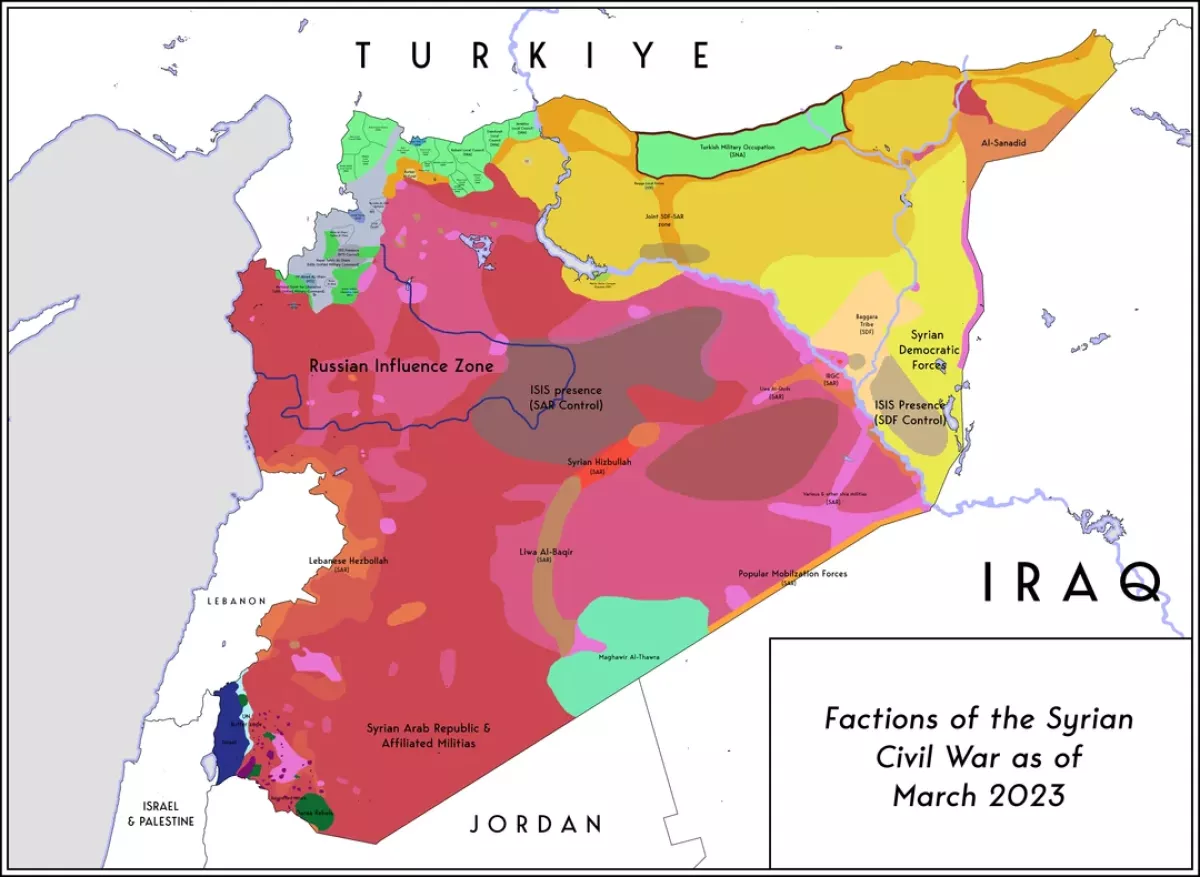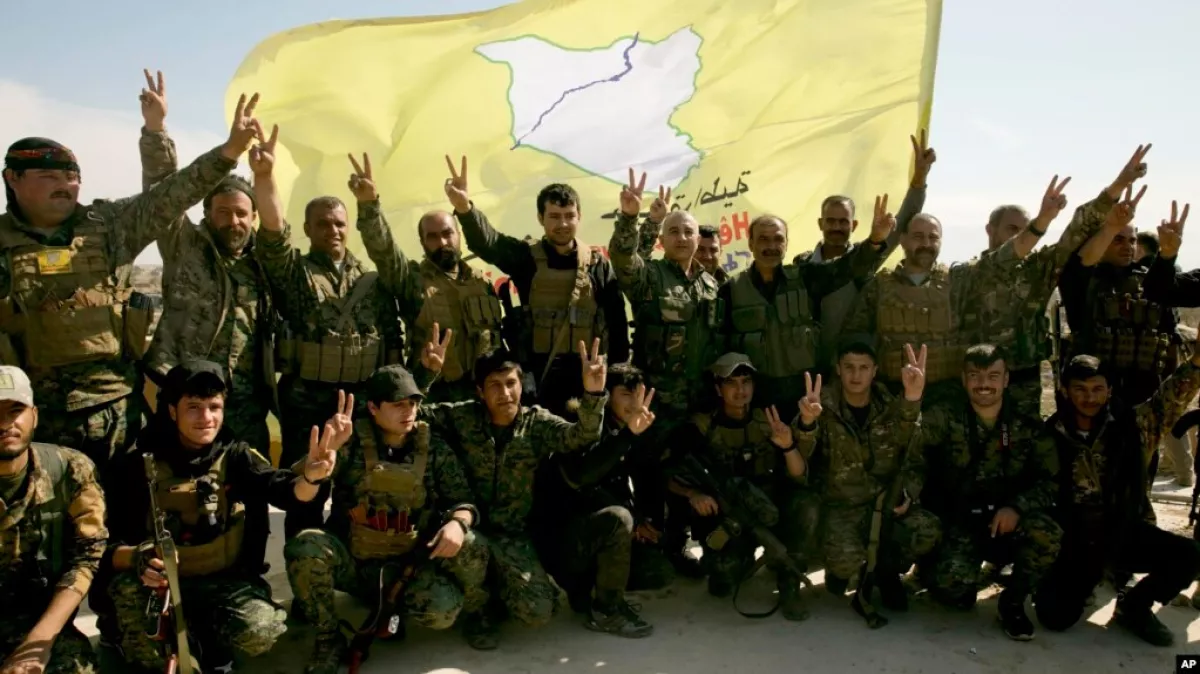The risks of the US withdrawal from the Middle East Descent into horror
In August 2024, northeast Syria experienced a significant uptick in violence unseen since nearly identical fighting broke out between the US-backed Syrian Democratic Forces (SDF), an umbrella organization of Kurdish armed groups and Arab tribes supporting the ruling Bashar Assad regime.
After thirteen years of civil war in Syria between the ruling Baath party and various opposition armed groups, including Islamists, the conflict steadily became what it called "frozen." As a response, on August 20, the US-backed forces in eastern Syria launched a significant attack on three posts manned by pro-government gunmen, killing at least 18 fighters in a rare provocation near the border with Iraq.
As such, regional and international efforts to reach a consensus on the Syrian case yielded no results, though it harshly ignited regional security by deepening the power vacuum in the volatile region. Since the eruption of the violent civil war, the US deployed its military contingent in the northern parts of the country aimed at supporting local allies, though later decreased the number of servicemen up to 900 within the framework of "withdrawal from the Middle East."
Most US forces are deployed in northeast Syria in support of the SDF, with some supporting the Free Syrian Army at the al-Tanf garrison in southeast Syria, along a transit route between Iraq and Syria used by both Islamic State group fighters and Iran-backed militias. As a result, the US military bases in Syria and Iraq became easy targets for local armed opposition groups and proxy forces.

For example, on July 25, two deadly rocket attacks were perpetrated in Syria against the US forces, leaving several injuries behind. Paradoxically, the presence of US troops in Iraq and Syria, along with those in border regions of third countries supporting these missions, serves as an inadvertent tripwire for escalating conflicts. Local militias, often backed by Iran, target US troops for their own motives, sometimes acting under Iranian direction and at other times independently.
In this regard, the long-standing debates within the US stirred about whether the troops should leave the territory at this critical time. Some argue that the withdrawal would undercut the security interests of many of America’s most important European and Middle Eastern partners. The risks of the resurgence of the so-called Islamic State (ISIS) in Iraq and Syria suggest that the withdrawal would be risky gambling in terms of aggravating security. Notably, the vacuum in northeast Syria following an American withdrawal would be a security nightmare for Türkiye, a critical partner against both Iran and Russia and the unstable government of Iraq.

Currently, the SDF, the only potent military force in Syria, is the major US ally, even though it complicates relations with Ankara due to the Kurdish militia factor. On the other hand, weak US reaction to the local process alleviates the role of pro-Iranian proxy forces using the uncontrolled Syrian territories as a military base and platform for attacking anti-Assad forces. Hence, in early 2024, the commander of SDF Mazlum Abdi underlined the importance of a continued US presence in northeast Syria, warning of "chaos in the region" if the US did pull out.
Another complexity of the US’s presence in the Middle East emanates from the ongoing Israel–Hamas war since October 2023. Despite the US efforts to strike a deal between Tel Aviv and Hamas to stop the devastating operations in the Gaza Strip, Israel rules out any concessions until the Hamas's release of all hostages abducted in October.
The October 7 Hamas attacks and Israel’s subsequent military campaign in Gaza highlight the ongoing unpredictability and interconnectedness of conflicts in the Middle East. The war in Gaza has reverberated across the region’s geopolitical fault lines from southern Lebanon to the Red Sea, reaching Baghdad. The negative power dynamics in the region, growing risks, and resurging threats make the US withdrawal from the region soon unlikely, as it will significantly neglect the situation even worse, paving the way for a more profound security gap.








